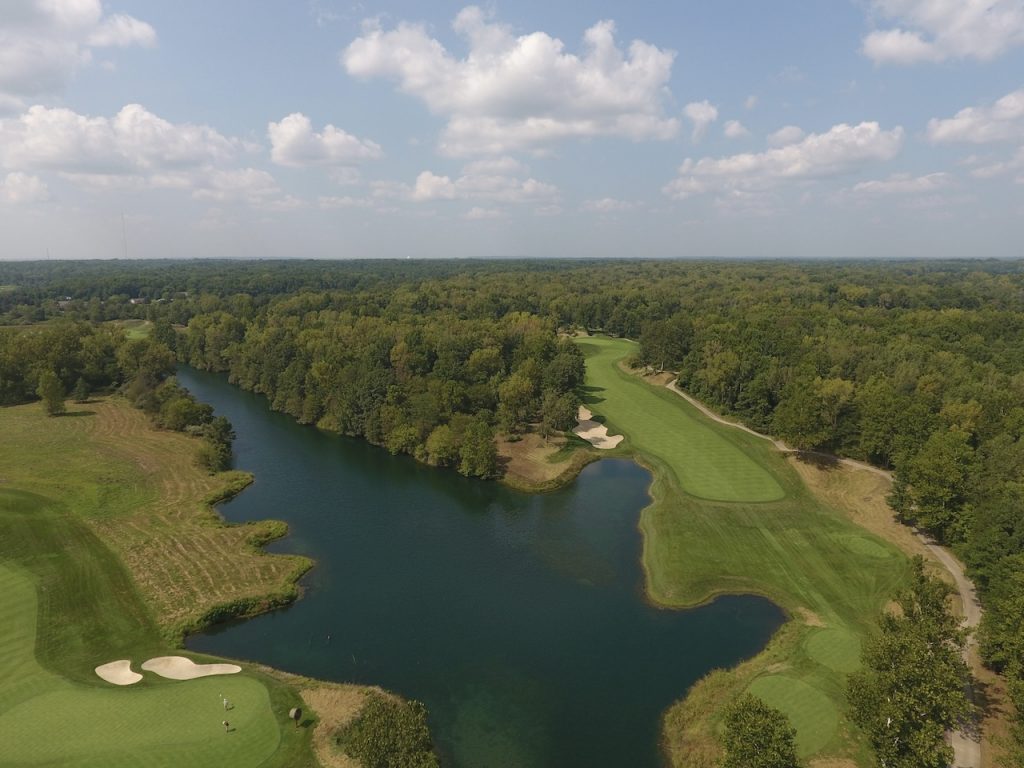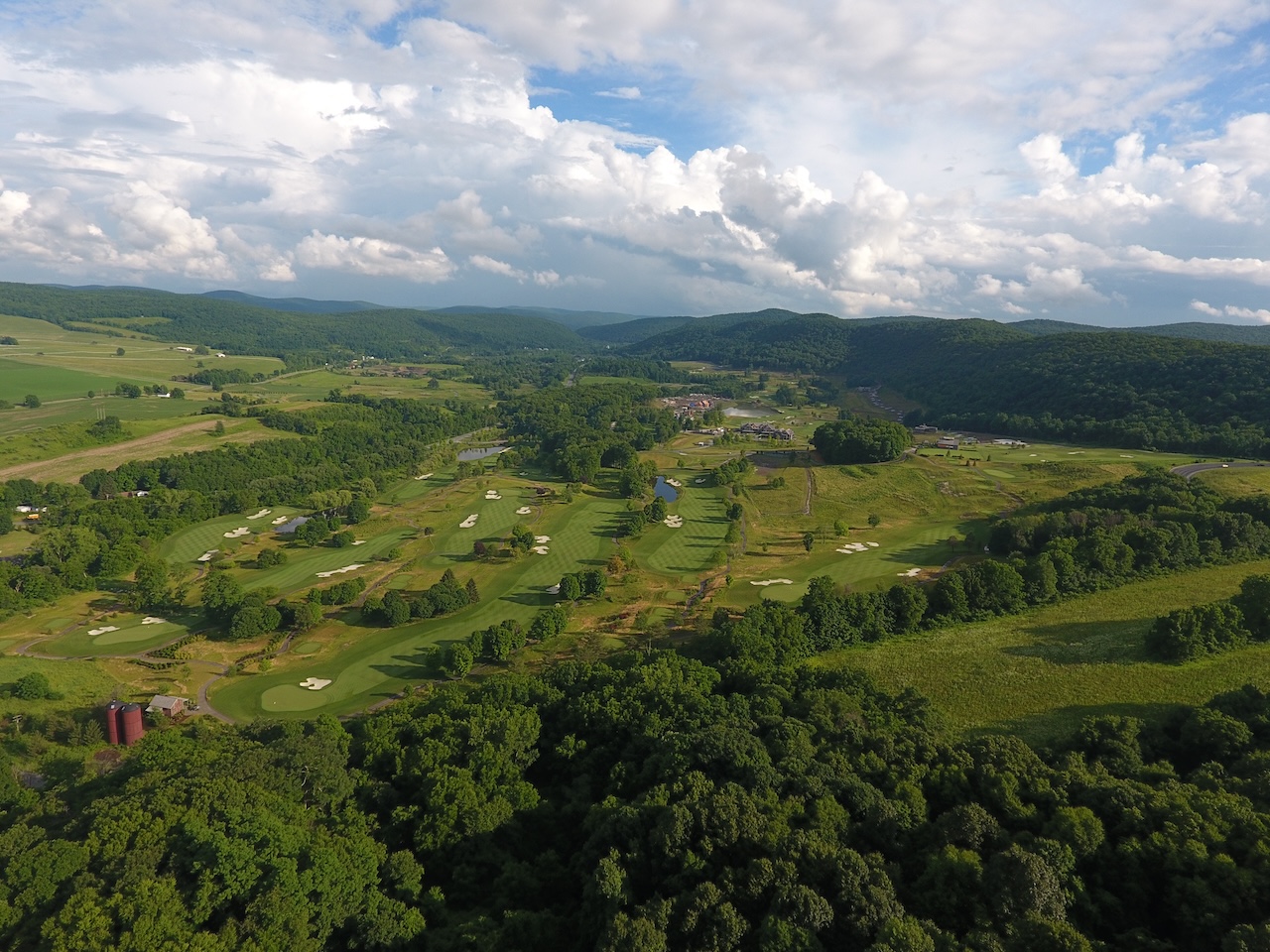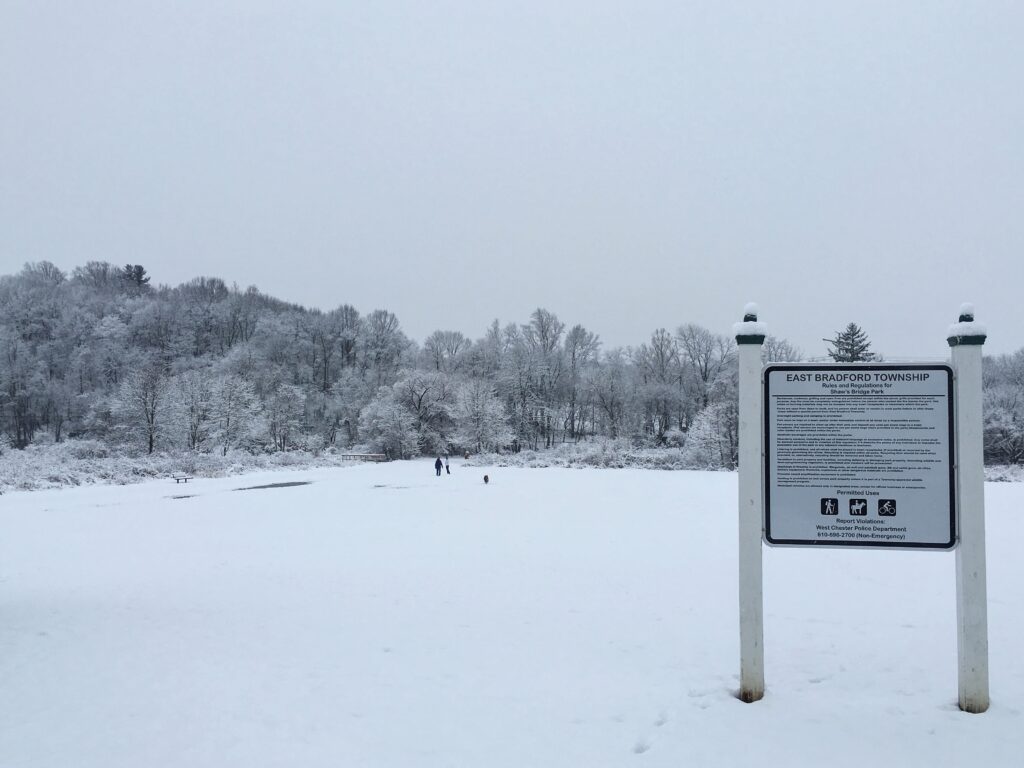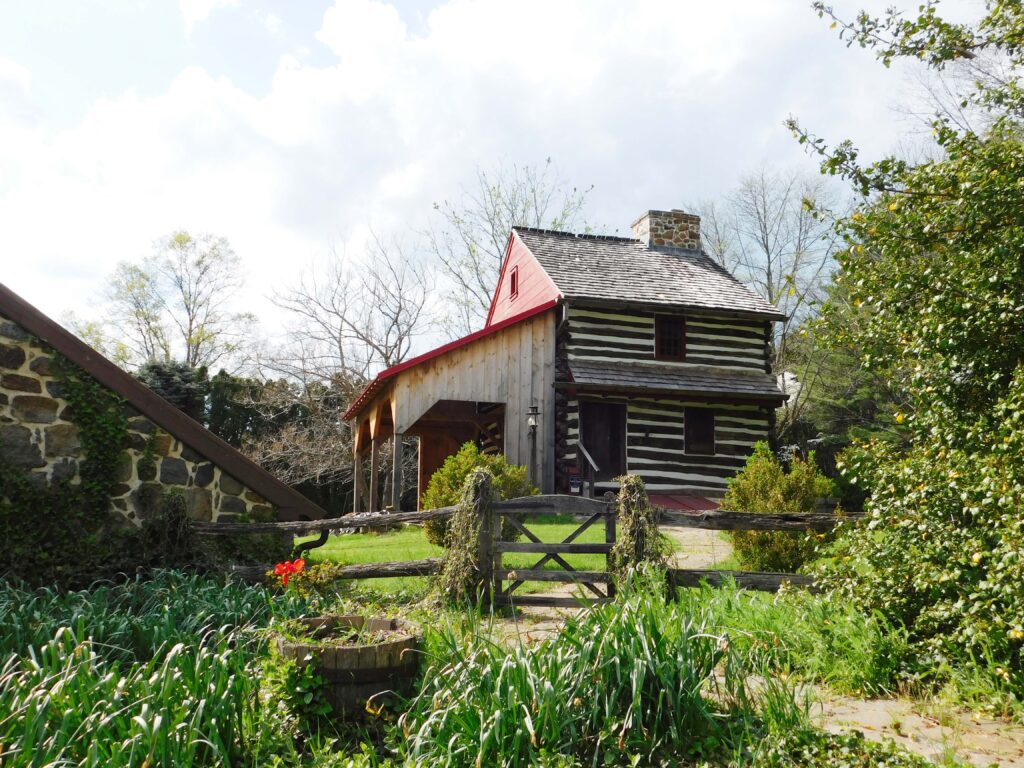Local communities and land trusts are looking at golf courses as an opportunity for land protection. It is easy to see why. Golf courses tend to encompass on average 100 acres of open space with scenic views, wildlife habitats, and waterways, often in heavily developed areas.
Golf courses offer a unique opportunity for conservation as recreational areas or nature preserves. North American Land Trust’s (NALT) founder Andy Johnson was among the first conservationists to see the value of golf courses as areas in need of protection from development.
“It was Andy’s vision that these are open spaces and should be preserved,” said Patty Kennedy, NALT’s Southeastern Program Director. “Today, land trusts and communities across the country are seeking to acquire these properties and turn them into recreational and natural sites.”
In 2023, the Finger Lakes Land Trust announced that it acquired 110 acres in Lansing, NY, along the eastern shore of Cayuga Lake. The land contained the 9-hole Cedar View Golf Course. The land trust plans to sell the property to the state Department of Environmental Conservation to be protected as a wildlife management area.
“The former 9-hole golf course provides scenic views of the lake and is lined with native Eastern red cedar trees that took root when the site was used as a pasture,” the land trust said in a press release. This property will be restored to grassland habitat, a critical resource for at-risk migratory bird species that have experienced habitat loss in recent years.

Local governments often set goals for the amount of recreational area, parkland, and open space available to their residents. Conserving a golf course can go a long way toward meeting those goals.
“Andy Johnson was a pioneer in working with local governments and developers to find ways to protect open spaces and limit the amount of development, and he believed that some high-performance golf courses qualified as conservation worthy,” Kennedy said. “I think he would be glad to know so many conservationists are now actively trying to acquire and protect these properties.”
In 2021, the City of Naples (FL) contacted NALT saying the City Council was searching for an experienced land trust to permanently protect 105 acres along Florida’s Gulf Coast as recreation and open space. The Athens Group in 2019 agreed to create a perpetual easement as part of its redevelopment plan of the former Naples Beach Hotel and Golf Club. The easement will protect more than 80 percent of the property from future development, highlighting the importance of pre-emptive protection of open space in city planning.
“We are pleased to assist the City of Naples in meeting its goal of keeping this important community resource protected forever from development as housing or commercial spaces,” NALT President Steven Carter said. “It will ensure this treasured landscape golf course remains open space offering scenic vistas and recreational opportunities for people in a highly developed community like Naples.”
Since its peak in 2006, more golf courses have closed than opened in the United States. The National Golf Foundation estimated that the number of golf courses have dropped by 11 percent in the past 20 years.
With more than 2 million acres of land, golf courses in the United States provide an incredible opportunity for large scale conservation.
A recent report on CNN described the trend of land trusts and communities looking to acquire golf courses that have been abandoned due to high maintenance costs, low player numbers or financial problems. The conservation groups are looking to repurpose the golf courses into natural lands to boost biodiversity and provide green space for local communities.
The New York Times also recently featured the efforts of land trusts across the country seeking to acquire and protect former golf courses from development. Land trusts need to acquire and protect these open spaces before developers buy them and turn them into housing.
“When the land is gone, it’s gone forever, once they build condos,” Jane Garrison, executive director of the Oswit Land Trust, told The New York Times. “But when you save it, it’s saved forever. You can’t put a price tag on that.”
The downturn in the golf course industry – combined with the unchecked development in many areas – has demonstrated that large tracts of undeveloped lands, regardless of their origin of use, can provide conservation benefits for plants, animals, and people.
NALT’s Andy Johnson saw the need to conserve golf courses, either active or closed, to ensure that these once vulnerable landscapes remain open and available for wildlife and recreation. Today, we are proud to see others following Andy’s vision.
###
As a national land trust, NALT partners with municipalities and landowners across the country to permanently protect environmental, historic, agricultural, and scenic conservation areas. NALT protects more than 138,000 acres in 24 states.



